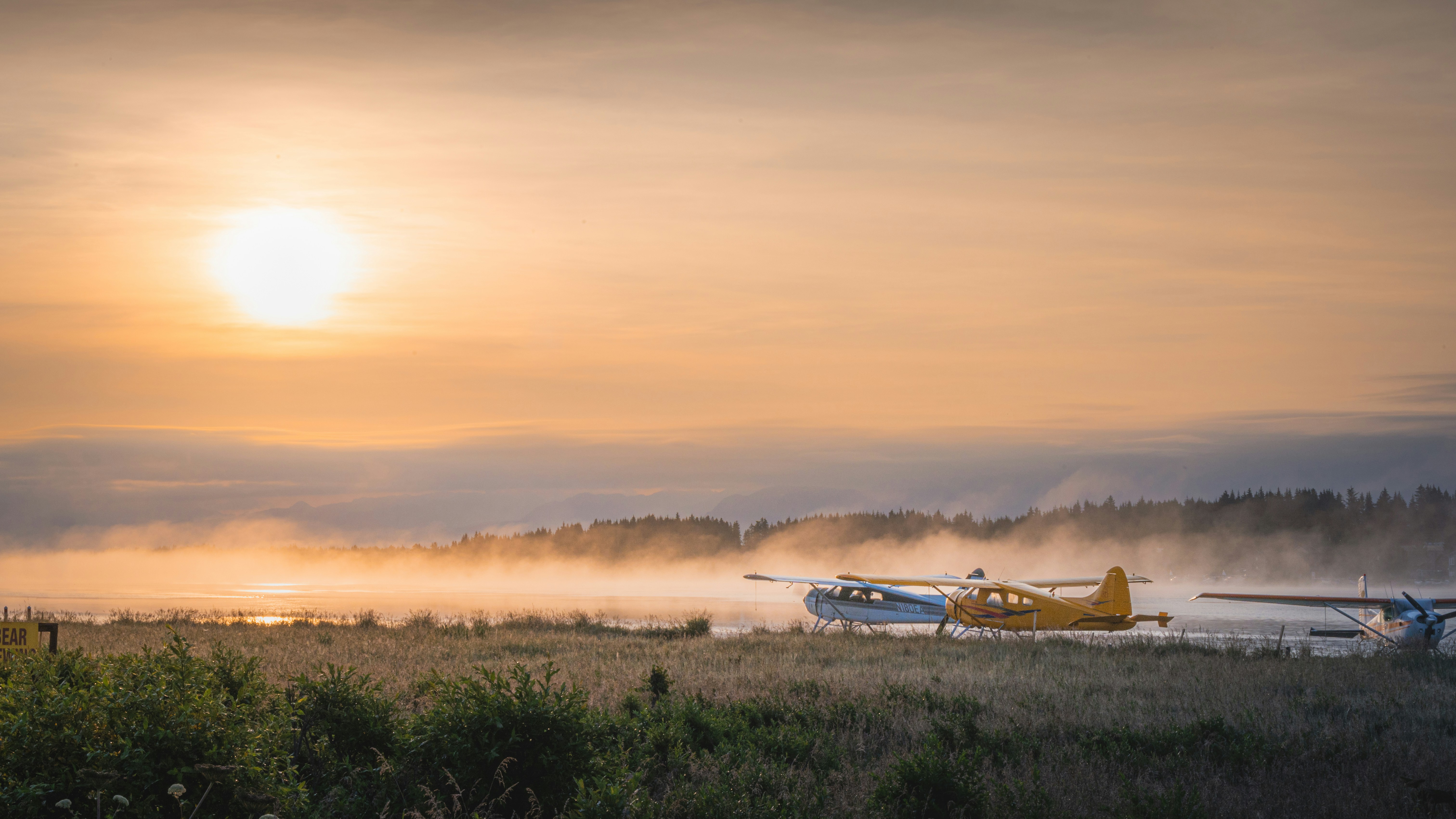The Essential Tips and Techniques for Crosswind Landings
If anything defines your abilities as a pilot, it's the execution of a safe crosswind landing. Configuring and controlling the airplane from final to rollout is a constant state of focus and re-adjustment.
Whether you are a student pilot learning the ropes of crosswind techniques or a high-hour pilot wanting to refresh your knowledge and skills in crosswinds, these two scenarios will help you do the mental maneuvering necessary to make smooth control inputs, stay aligned with the runway centerline, and accomplish a safe landing.
Scenario One
You are 10 miles from your airport and have obtained the weather from Runway 18. Winds are 230 at 10 knots, steady.
Before departure, you briefly checked your crosswind component chart, determining that your headwind component would be around seven knots and your crosswind component around eight knots. Both values are manageable and have not changed significantly since you departed 20 minutes ago.
You debate whether a crab or side slip is the best technique for your final approach.
Tips
With a crab, the nose weathervanes into the wind, allowing the crosswind to serve as a relative headwind, providing an even distribution of wind over your wings. In steady wind conditions, this works very well. The crab technique is a good choice here.
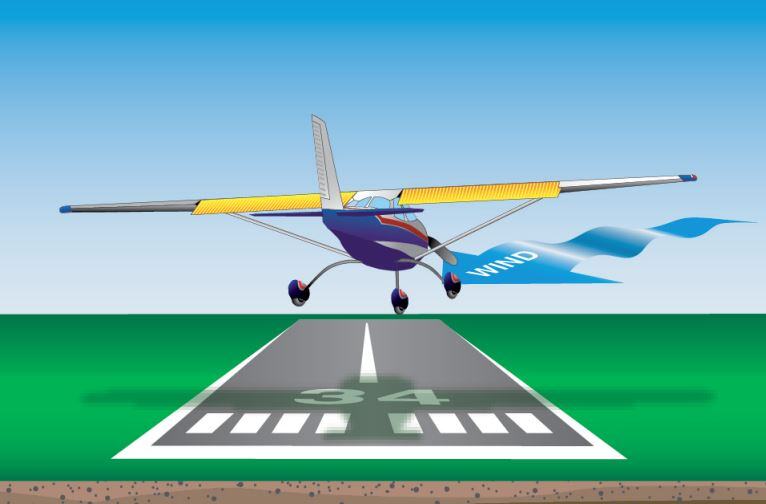
Maintain your track over the centerline by adjusting your ailerons as necessary, and then shift your attention to changing your configuration right before touchdown.
You will need to execute three steps almost simultaneously.
- Rudder opposite the wind
- Aileron into the wind
- Power adjustment to stop a rapid drop caused by increasing parasite drag from exposing the right side of the fuselage to the right crosswind
You have just created a side slip, which you will hold until touchdown.
Now, you will move on to the third configuration change. Timing is everything for this one.
- Neutralize the rudder deflection so you do not shoot off toward the left side of the runway
- Increase and hold the ailerons into the wind, and do not let up on them
- Power immediately to idle
Let the low-wing tire touch down first. The high-wing tire will come down on its own almost immediately.
You may experience a control issue from the wind not dying down and pushing around the vertical stabilizer. Get the flaps up quickly so the wind is not hitting them and creating more control challenges.
Let the plane roll, and do not apply brakes immediately, allowing the tire friction to slow things down a bit first. Then, carefully and smoothly apply brake pressure. Take it very easy because you do not want to fishtail!
Scenario Two
Now, suppose the winds are 10 gusting to 20, and they are variable between 160 and 250. This is a very different story.
Tips
Here is where a sideslip comes in handy. Bank into the wind as best as you can determine under these conditions, and use the rudder to align the nose with the runway and extended centerline.
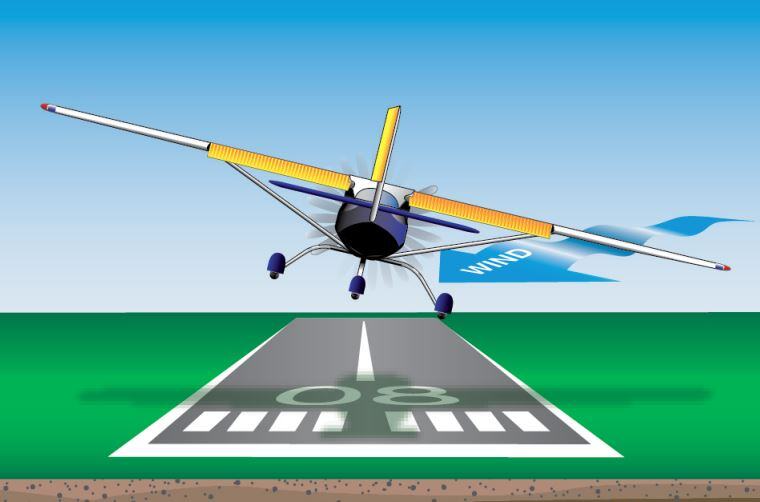
If the conditions are gusting, you can make quick and small adjustments to provide the stability the wind denies you. I recommend maintaining a tight grip on the yoke because you will need to make extremely precise and tight deflections to keep things under control.
Consider whether you need full or partial flaps. The choice depends on wind speed and direction. Sometimes, less than full flaps are exactly what you need, exposing as much surface to the winds to knock around. Using less than full flaps will make you float a little longer, but if the winds are particularly punchy, exposing less surface might be worth it.
Flying with full tanks (as opposed to, say, half tanks) helps as well, with the additional weight providing an increased measure of stability.
As you cross the threshold, you already have configured the plane with the power adjustment to compensate for increased parasite drag. Let your power out slowly, and control your rate of descent very precisely to avoid bouncing into gusting conditions. Think soft field technique, where you hold it off as long as possible.
Upon touchdown with both wheels, neutralize the rudders, keep the ailerons banked into the wind, and (once again) get those flaps up quickly! Here, the gusting will certainly want to play havoc with your vertical stabilizer, so adjust your rudders very carefully with quick, tight movements as required.
Executing a Perfect Crosswind Landing Every Time
In both scenarios, keep your eyes focused on the end of the runway once you level off. Try to keep any vertical movement in the windshield to a minimum to avoid bouncing or ballooning.
Critically, if you cannot maintain positive control of the plane once you are on the ground, go around! If a strong crosswind abruptly shifts to a tailwind, your airplane will feel like it is being pushed off the side of the runway—because it is.
Get out of there, and come back around with renewed focus. If conditions are simply too much, find another airport with more conducive winds and wait things out. Sometimes the perfect crosswind landing isn’t one at all.
Crabs, sideslips, partial flaps, precise power and yoke control, minimal vertical movement in the windshield, and going around all are powerful tools at your disposal. Keep all of them top of mind, check your departure and destination winds against your crosswind component chart (Section 5 in most Pilot Operating Handbooks), and plan an alternate in case winds pick up beyond your comfort level. You will appreciate the pre-planning, and so will your passengers.
Share this
You May Also Like
These Related Articles
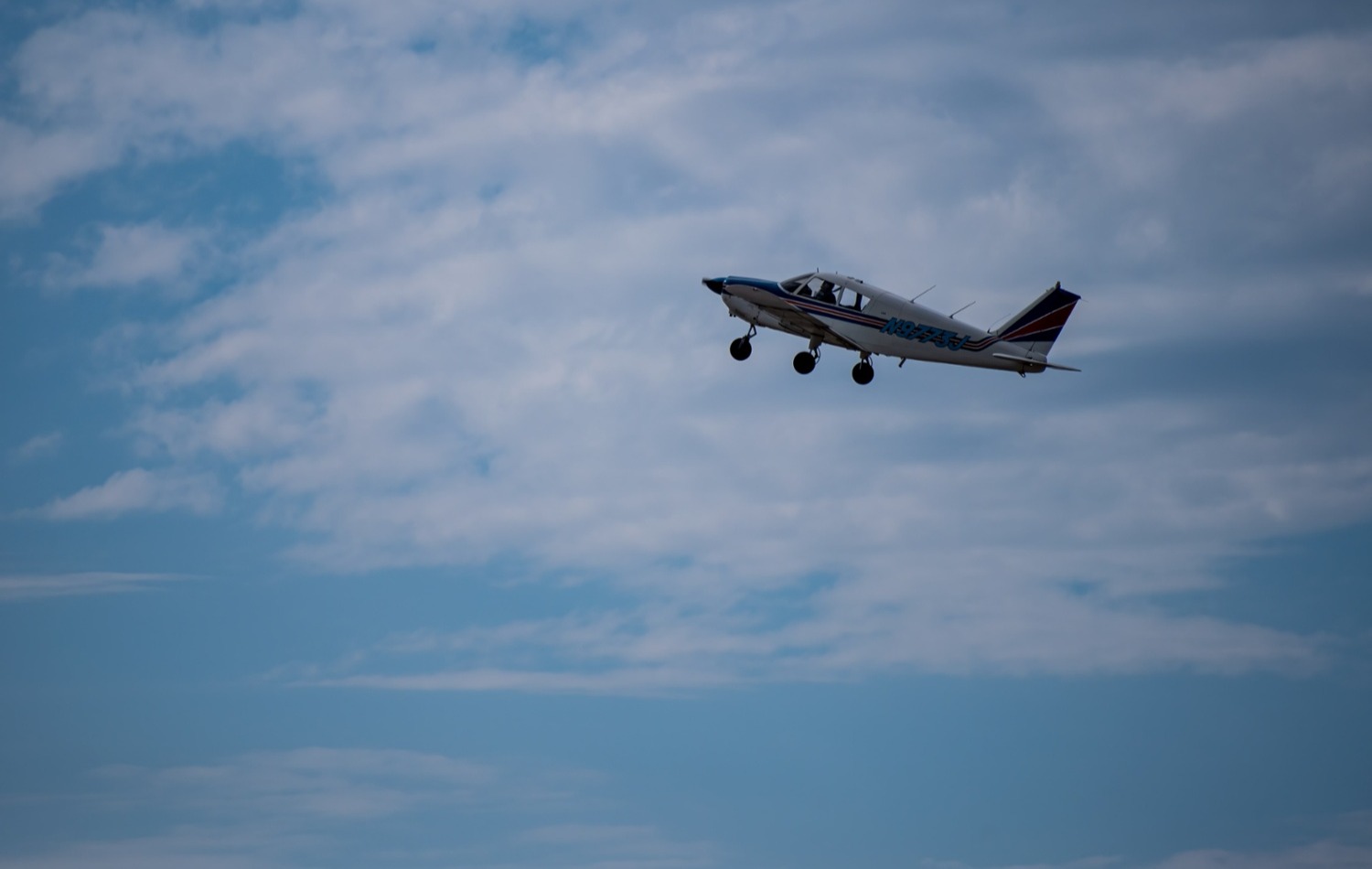
5 VFR Takeoff and Landing Procedures To Keep Your Skills Sharp
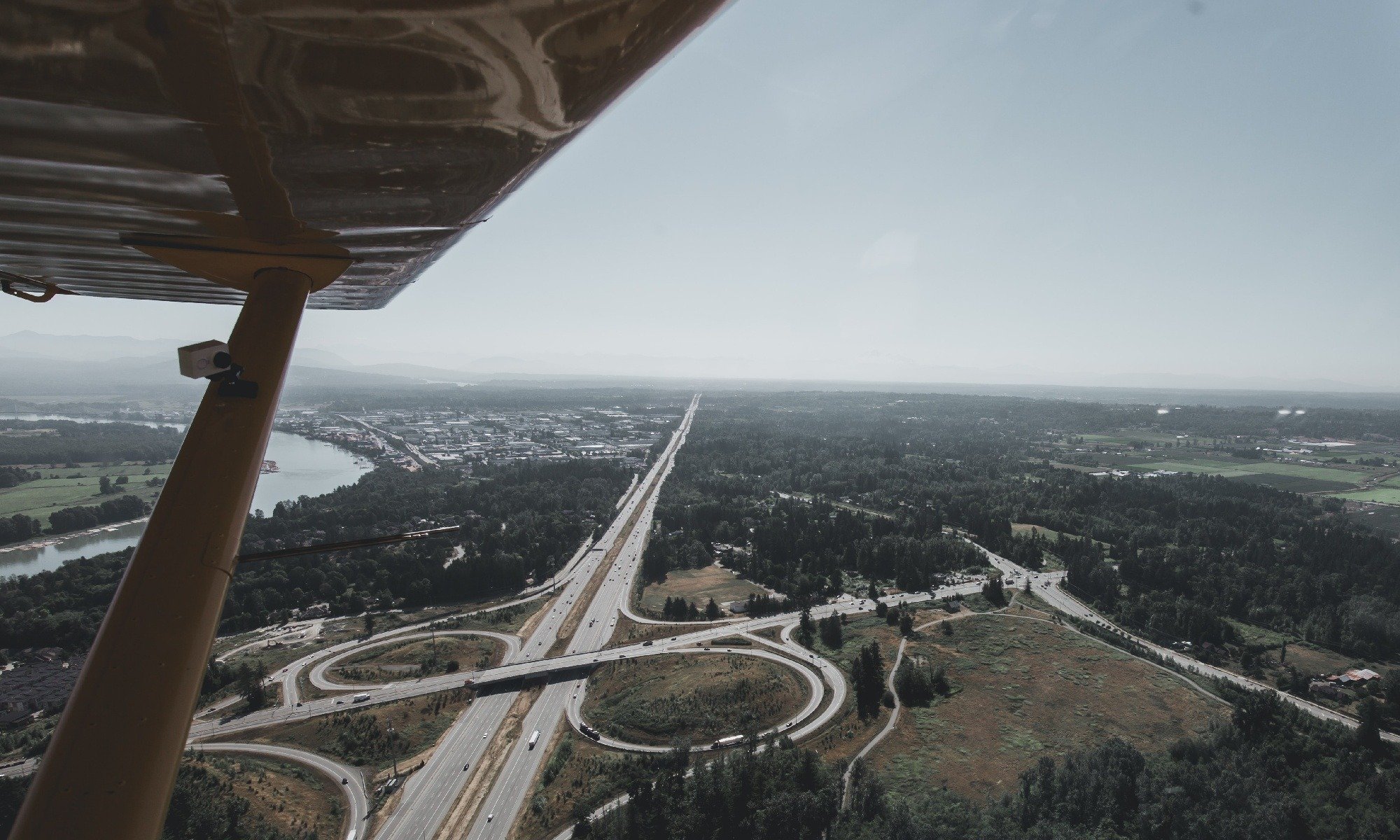
The Anatomy of a Perfect S-turn
